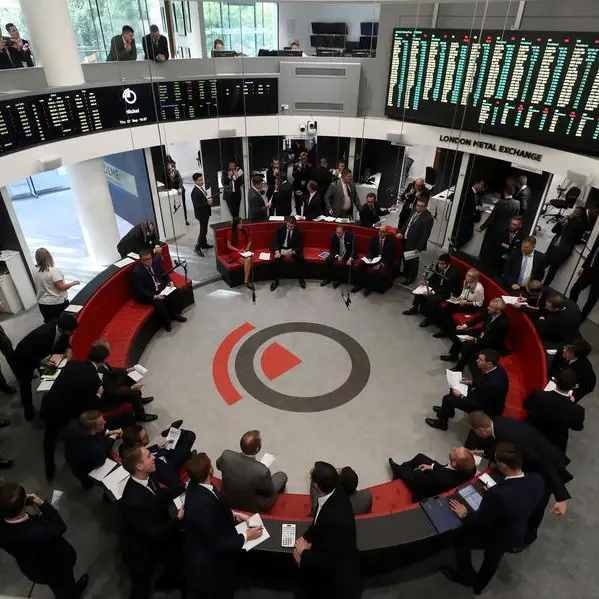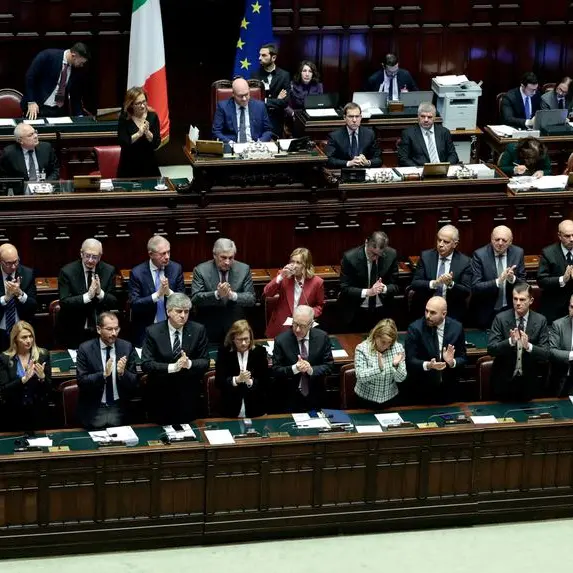PHOTO
After intense pressure and urgent demands from its member states, the International Monetary Fund (IMF) decided to review its policy regarding the additional fees it imposed on borrowing countries.
The IMF’s Board of Directors decided to reduce the value of these additional fees by 36%, nearly $1.2bn annually, starting from November 2024.
As a matter of fact, this decision came at the right time. It will positively impact countries borrowing from the Fund, especially the largest borrowing ones. This measure will save some of the costs that borrowing countries were supposed to pay to the Fund. This will give them a better opportunity to redirect these savings to fund food, health care and education in their countries.
Although some member states and politicians of countries say that these fees are unfair, high and rather “punitive”, the Fund founded its entire philosophy on the fact that even though it is an international non-profit institution, it also supports member states with loans it obtains from other financing institutions. This is so it can keep meeting financing requests for development and economic reform programs countries request. Therefore, these fees are a necessary part of its financial model for cooperative lending. Moreover, from the Fund’s management’s point of view, these fees are primarily to slow down the pace of countries submitting unnecessary financing requests and help reduce the appetite of borrowing countries for more unhealthy borrowing.
The IMF sought to make this relative reduction in light of contemporary developments. It deemed this to be especially important with the many shocks that have hit the world since COVID-19 and the Russian-Ukrainian war, hence, the resulting global inflation rates, specifically in Europe and America. The overall rate of some IMF loans increased by about 8%, which is double the rate before COVID-19. It is understood that these fees are completely different and have a correlation with the value of the interest paid by countries on loans granted to them by the Fund. The Fund imposes these fees on loans that exceed a certain limit or period, or commitment fees on precautionary arrangements.
It is known that five countries in the world pay the highest fees to the IMF. They are Ukraine, Egypt, Argentina, Ecuador and Pakistan. They do not pay the highest fees because the fees are high, but because the amounts of the loans and debts to these countries are high.
Egypt, for example, is the second largest borrower from the Fund after Argentina. This makes it one of the five largest countries to pay these additional fees. Naturally, these countries are among the ones benefitting the most from the Fund’s decision to reduce the costs of lending to its members by 36%. In this context, some international sources estimate the total fees imposed on borrowing member states at about $6bn, of which Argentina’s share is about $4.6bn, Ecuador $584m, Egypt $370m, Ukraine $348m, and Angola $160m.
The number of countries subject to additional fees will decrease from 20 to 16 in FY 2026.
Mohamed Abdel Aal – Banking expert
© 2024 Daily News Egypt. Provided by SyndiGate Media Inc. (Syndigate.info).























